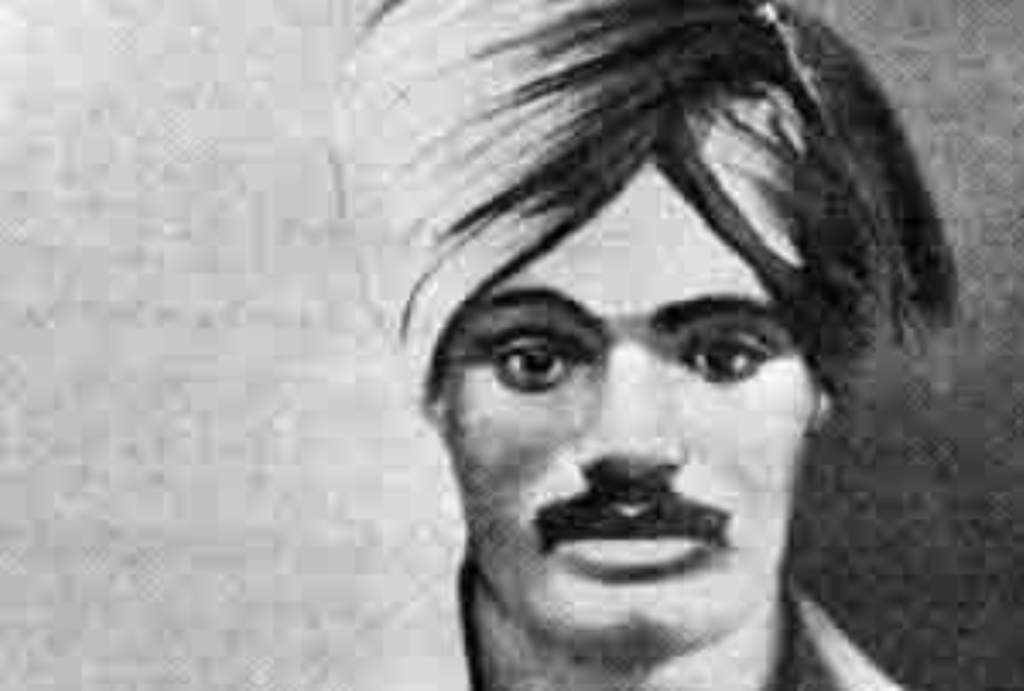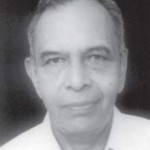Ram Sarup Singh was born on 13 April 1919 in a Tanwar Rajput family in village Kheri Talwana, Mahendragarh, Haryana. Kheri is a cluster of about forty villages inhabited by Tanwar Rajputs where men traditionally choose a career in the army as duty towards nation. Ram Sarup passed middle class from Ahir High School, Kanina, and then enlisted in 2nd Battalion of 1st Punjab Regiment on 12 April 1937. He excelled in all service matters and he was awarded the Viceroy Commission in April 1943. He was probably the youngest soldier to have been commissioned through the ranks. Ram Sarup, then Jemadar, was Platoon Commander of 5th Platoon in ‘B’ Company of 2nd Punjab Battalion. At 25, he led his platoon in the last battle of his career – fiercest in Myanmar Campaign during World War II. It showed his bravery and self-sacrifice.
The unit was deployed in Myanmar in the latter half of 1944. Myanmar is covered with hills, forests and rivers. Kennedy Peak is at 8,868 ft peak in Tiddim area. As one of the world’s ultra-prominent peaks it rises 4,951 feet above all other peaks nearby. Tedim Road, a 265 km transborder road connects Imphal with Tiddim in the Chin Hills (Chin State) in western Myanmar. It was constructed by the British solely to facilitate army movement along the India–Burma frontier during World War II. The Japanese position at Kennedy Peak was strong and was firmly held by fresh troops from Japan.
Every approach was covered by small and medium machine guns, sited in bunkers and the hill had turned into a fortress. On 25 October 1944, two platoons were ordered to put in a diversionary attack on the flank of the enemy position. Capture of this feature was essential to progress the operations of 20 Indian Division. The platoon commanded by Subedar Ram Sarup charged the enemy position which confused the enemy and forced it to flee from the bunkers and suffering casualties. Ram Sarup was successful in achieving the objective. Despite being severely wounded in both the legs, he stuck. He was consolidating his position when the enemy opened fire with grenade dischargers along with strong counter-attack.
An undaunted Ram Sarup continued to lead charge. To hit back he activated another light machine gun to give covering fire and led the offensive against the advancing enemy. Ignoring his grievous wounds, he bayoneted four of them himself and killing two more of the enemy. He kept on shouting encouragement. He was mortally wounded by burst of machine gun fire in the chest and neck.
It is difficult to find a better example of cool bravery, cheerfulness, leadership and determination. His action had a salutary effect on the rest of the Company. When volunteers were called for to bring in his body, under the heaviest fire, the entire Company volunteered. He was awarded Victoria Cross (VC) by the Viceroy Lord Wavell on 1 April 1945 in the Red Fort Delhi and the medal now forms part of the collection of Lord Ashcroft collection in the Imperial War Museum in London.
Sadly, Ram Sarup Singh’s body was not recovered from the battlefield. He is commemorated on the Rangoon Memorial. His posthumous VC was gazetted on 8 February 1945. In 2013, his medal group was acquired privately by Michael Ashcroft and is now on display in the Ashcroft Gallery, Imperial War Museum.
His legacy is carried by his third generation, proudly serving the Indian Army while his fourth is gearing up to follow in the footsteps of this proud Rajput clan. His martyrdom inspired Khedi Talwana and the village is known in the region as ‘Fauji Gaon’ since every household has at least one or two serving soldiers, some for three generations. To this day, adolescents in villages around say they want to be like Ram Sarup Singh.


 [/column]
[/column]